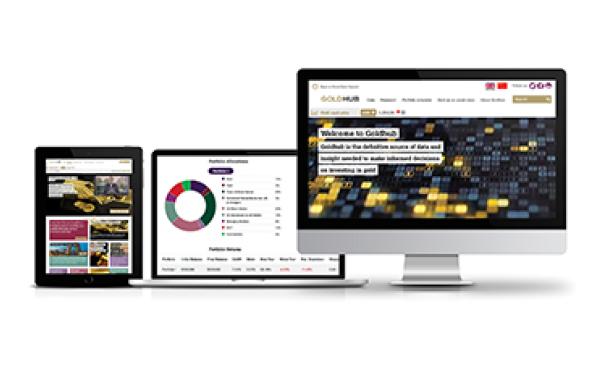The world of data has been transformed over the past decade. Described as ‘the new oil’ by pundits and policymakers, data is both more available and more valuable than ever before. However, quantity does not necessarily equate to quality.
Greater volumes can reveal interesting patterns and trends, but they can also sow confusion. Lack of transparency and inconsistent formats can stymie interpretation. Delays in publication can affect accuracy. And data that is hard to locate or not collected at all can create worrying gaps in user knowledge and understanding.
All these issues are prevalent in today’s data-driven world. And they can have serious consequences for users, such as analysts and asset owners.
A significant proportion of the investment universe feels unable to invest confidently in gold because they lack the knowledge to do so.
Data and gold
Against this background, the World Gold Council commissioned two detailed surveys to assess the impact of data on gold investment decision making. The first covered central banks, asset managers, pension funds, sovereign wealth funds, investment banks and investment advisers across all geographic regions. The second focused on US-based pension funds and investment consultants. In both cases, fewer than half those surveyed – around 40% – felt they had access to sufficient data to make an investment decision on gold.1
In other words, a significant proportion of the investment universe feels unable to invest in gold because they lack the knowledge or confidence to do so. The gold market is complex and certain pockets are relatively opaque, so their wariness is understandable. But efforts are underway to improve the situation and create a better decision-making environment.
As the market development organisation for the gold industry, the World Gold Council is at the forefront of change.

